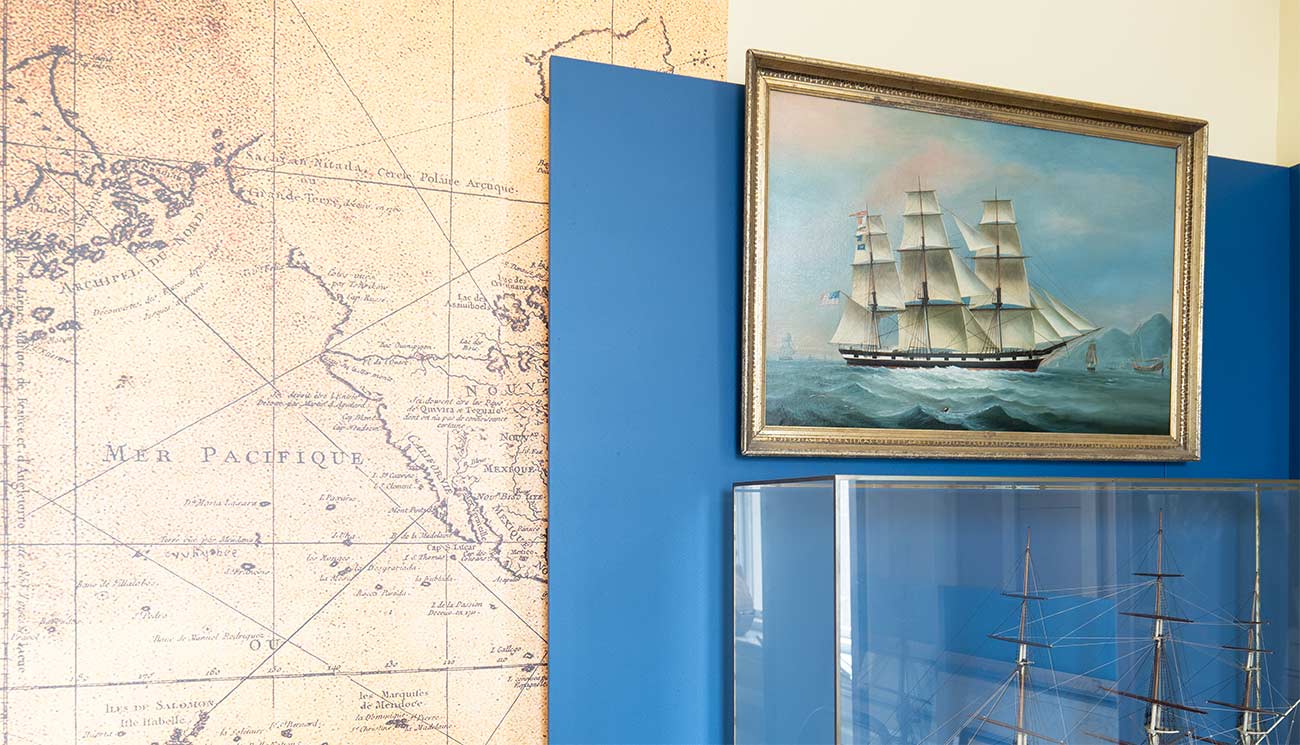Custom House Maritime Museum Exhibits
Get a virtual sneak peek at our exhibits through Curator Kevin’s video tour.
The CHMM has multiple galleries, each focused thematically on historical narratives unique to the Custom House and its collection. In addition to those long-term exhibition spaces (below), the museum also features in-depth, changing annual exhibits in our Bushee Gallery. The Marquand Library room, named for the Marquand family whose familial roots connect directly to the Custom House, is in transition as an open collections workspace where people can get a behind-the-scenes look at what it takes to maintain the museum, with the goal of incorporating a fully functional research library in the future.
Moseley Gallery
Marquand Gallery
The Custom House’s Marquand Gallery details Newburyport’s golden age—the first 50 years after its founding before and during the Revolutionary War.
Coast Guard Gallery
This gallery shows off many aspects of the U.S. Coast Guard. Founded in 1791 as the United States Revenue Service in Newburyport, the Coast Guard got its name change from President Woodrow Wilson in 1915.
Collector of Customs Gallery
The Collector of Customs Gallery talks about what our museum building was used for. Ship captains coming to or from other parts of the globe would need to stop at the Customs House and pay taxes on the goods being imported or exported.
Baker Gallery
Timeline Gallery
The first gallery across from our visitor’s center welcomes you to explore a historic timeline from pre-historic times to the present. People inhabited the area around the mouth of the Merrimack River for thousands of years. Colonialists from Europe settled it in 1635.

Bushee Gallery
In the Bushee Gallery, you will learn about the Revolutionary War and the War of 1812. You’ll also explore souvenirs brought back by local sea captains in the 1800s.
Plan Your Visit
Plan Your Visit
- Museum Hours
Sunday: 12 pm - 5 pm
Closed Monday
- Tickets
Free for NBPT residents, kids under 12, and museum members
Cost of admission includes access to the Discovery Center.
- Parking
City parking is available adjacent to the museum. View parking lot directions.
